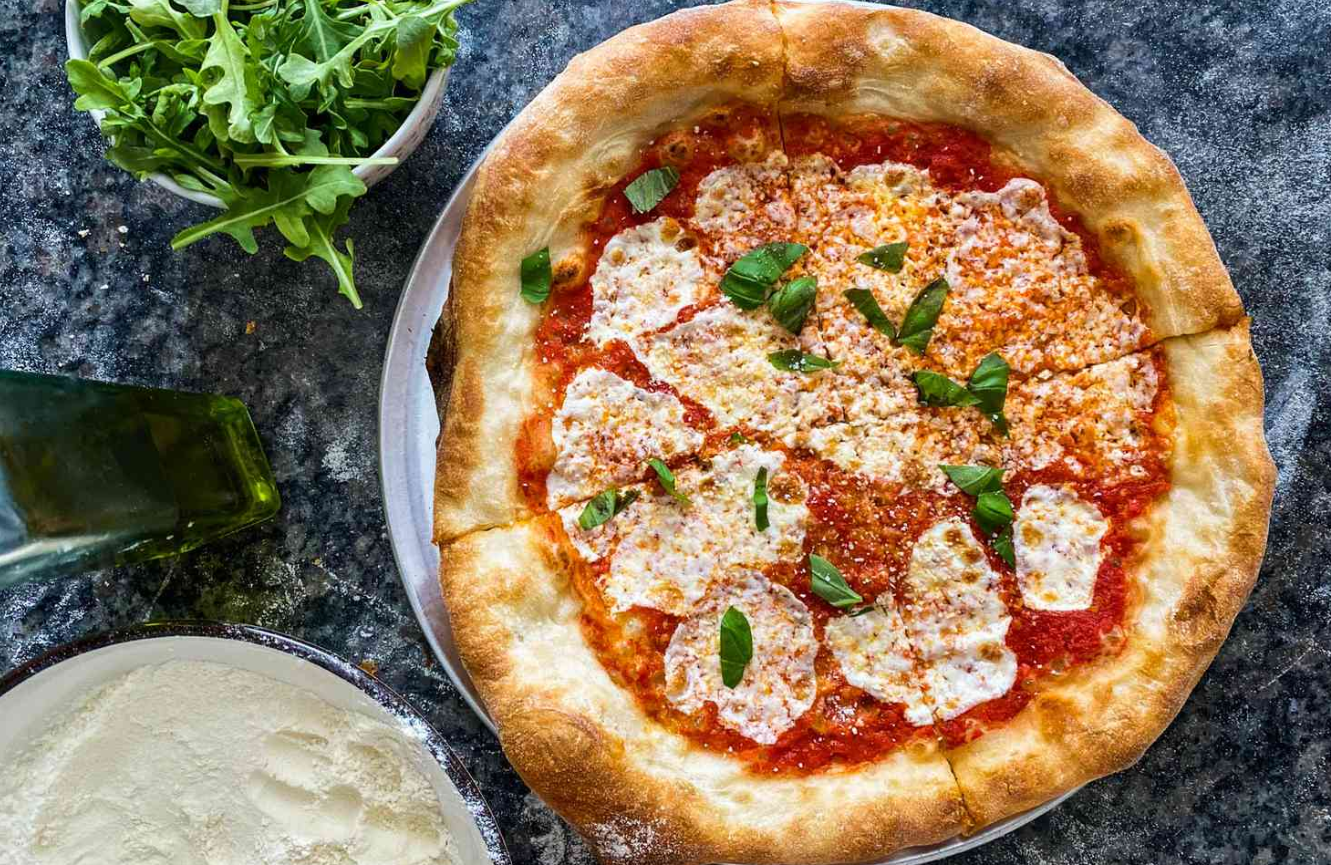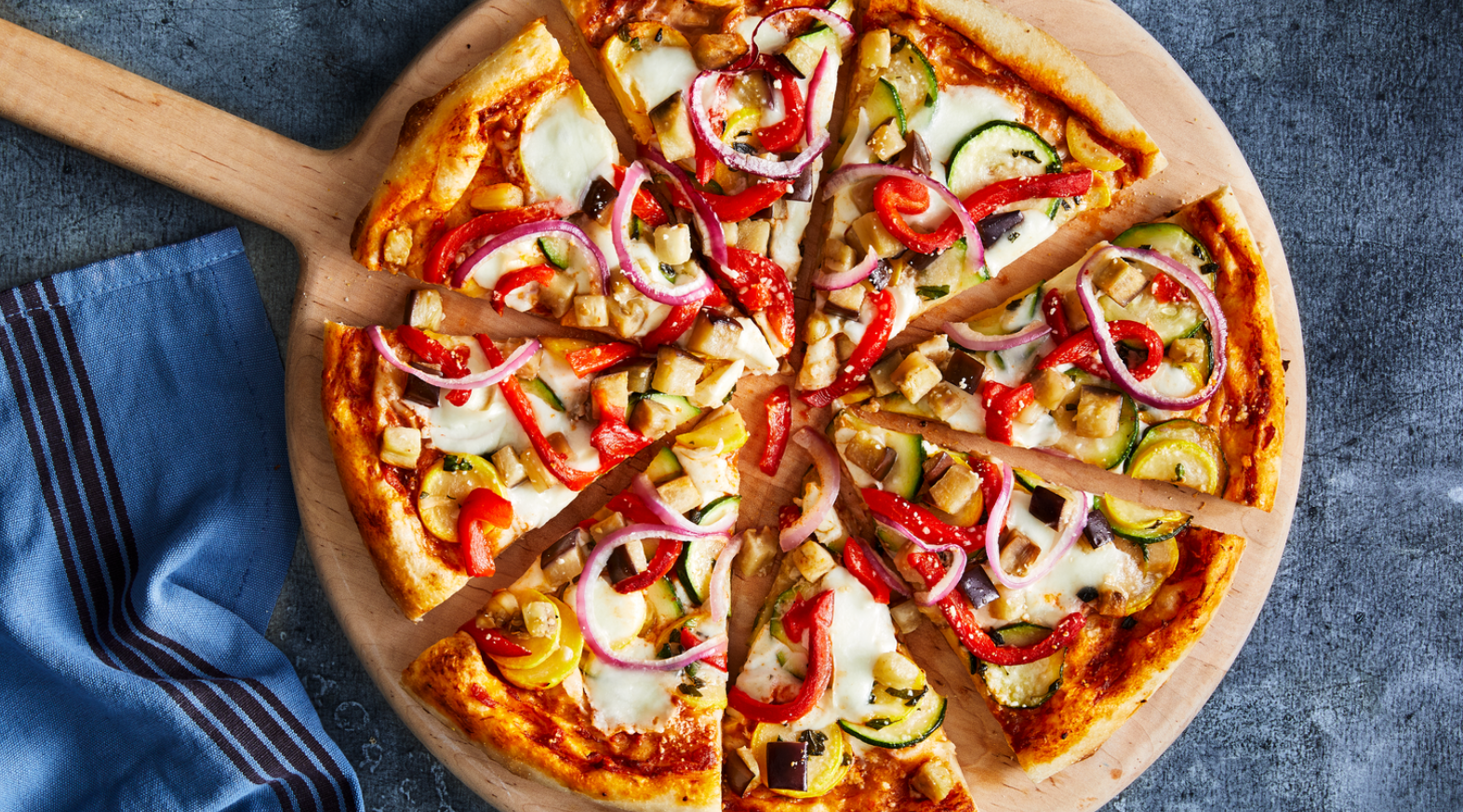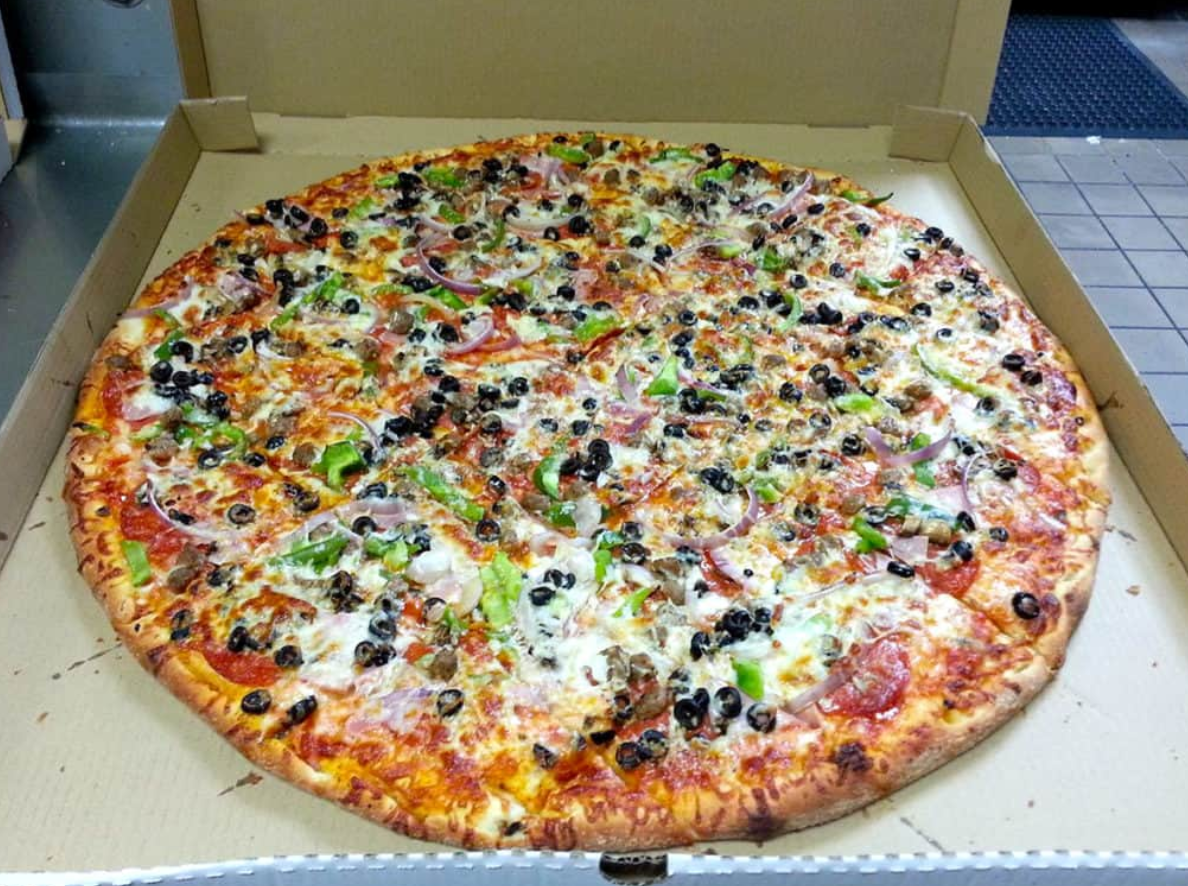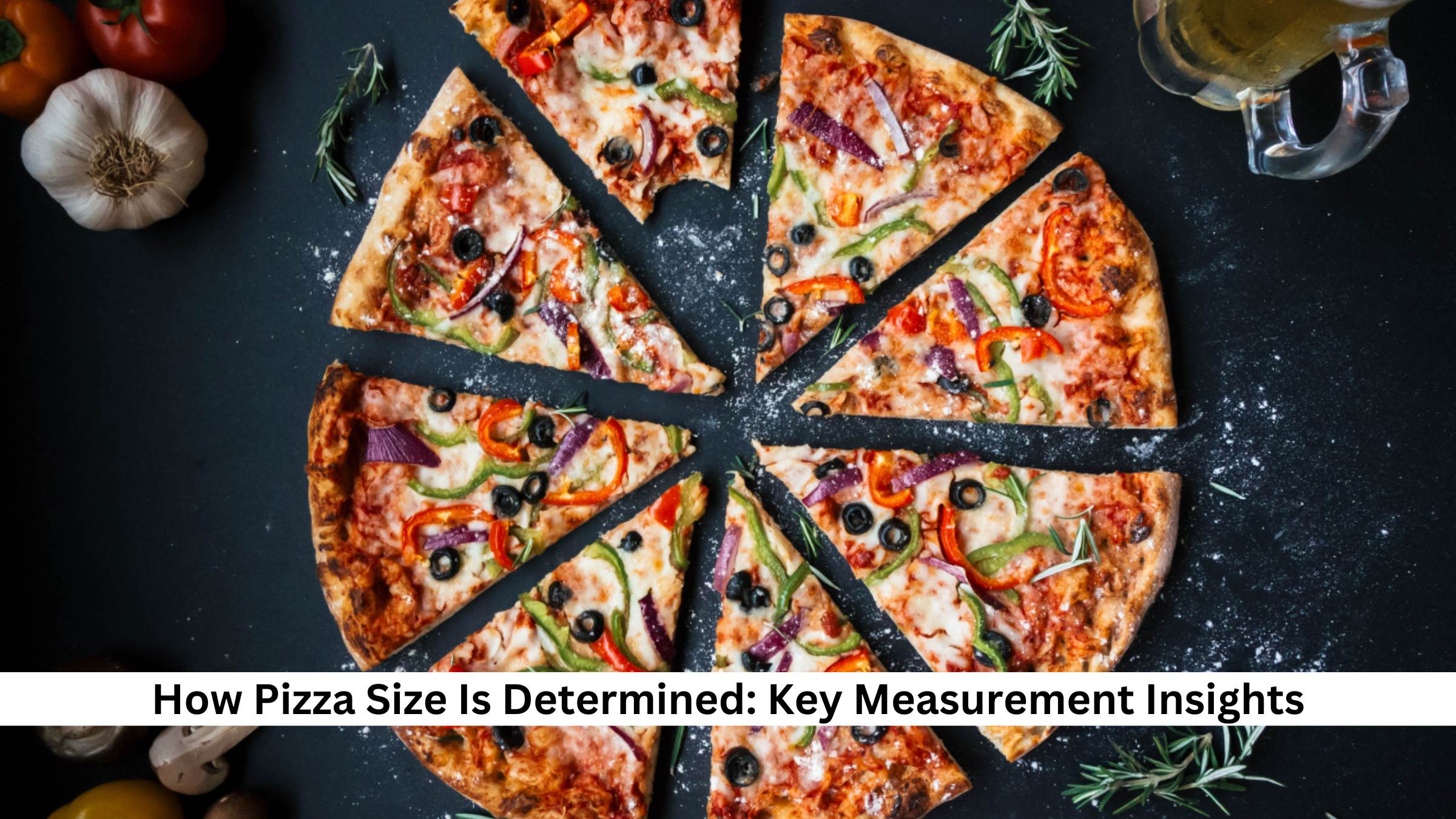Sizing pizzas by diameter is a standard and straightforward method of pizza-making. But when you look closer, there’s more to it than convenience. Pizza sizes often aim to meet specific group sizes, but the reasons behind these size choices are tied to a mix of economic, psychological, and cultural influences.
Exploring Pizza Size Measurements
Diameter is how we measure pizza sizes. It’s a straight line from one side of the pizza to the other. This method lets us easily compare pizza sizes everywhere. Both pizza shops and customers use the diameter to get a clear idea of how big the pizza will be. This helps ensure the pizza cooks evenly and has the right amount of toppings. Plus, it simplifies the description of pizza sizes on menus and in ads, which helps you know what you’re ordering.
Overview of Common Pizza Sizes: Small, Medium, Large
Small Pizza 
A small pizza is about 10 inches across and cut into 6 to 8 pieces. It is good for one or two people. A small pizza is a good choice for one person or to share with another person if you are not hungry. Its small size makes it easy to eat quickly for lunch or a light dinner.
Medium Pizza
A medium pizza is around 12 inches across and usually has 8 to 10 pieces. This size is good for 2 to 3 people and is a nice middle size—not too big or too small. It works well for a small group like a family.
Large Pizza
A large pizza is typically 14 inches across and cut into 10 to 12 pieces. This size is suitable for 3 to 4 people and has plenty of space for different toppings. It is a popular choice for groups of friends or families because more people can share it. The bigger size lets you add more toppings, which makes it more enjoyable.
Critical Factors in Choosing Pizza Size
Assessing the Number of People
When choosing a pizza size, consider how many people you need to feed—the number of guests at your event matters. For small meals or just for yourself, a 10-inch pizza usually does the trick for one or two people. If you have a few friends over, a 12-inch pizza with 8-10 slices should be enough for about two to three people. It’s critical to ensure everyone gets enough to eat, and you don’t want to end up with many leftovers. Knowing how many are coming helps you pick the right size pizza, so everyone’s happy and you’re not spending too much.
Analysing Cost Efficiency
When trying to get the most bang for your buck with pizza, it’s wise to look at the size. A 12-inch pizza usually gives you a better deal than a 10-inch one. Why? The 12-inch pizza has a surface area of about 44% bigger, but the price jump is usually small. So, you get a lot more pizza for not a lot more money. Plus, a 12-inch pizza can easily feed 2 to 3 people, making it great for small get-togethers. By checking the total cost and the price per square inch, you can pick the most cost-effective pizza that meets your needs for size and number of slices.
Conclusion
To sum it up, measuring pizza by its diameter is crucial. It helps meet different needs and makes meals better. The usual pizza sizes help us decide more efficiently and keep portions consistent. When you know about pizza sizes, you can choose better based on how many people you need to feed, what you want to eat, and how you want to enjoy your meal.

